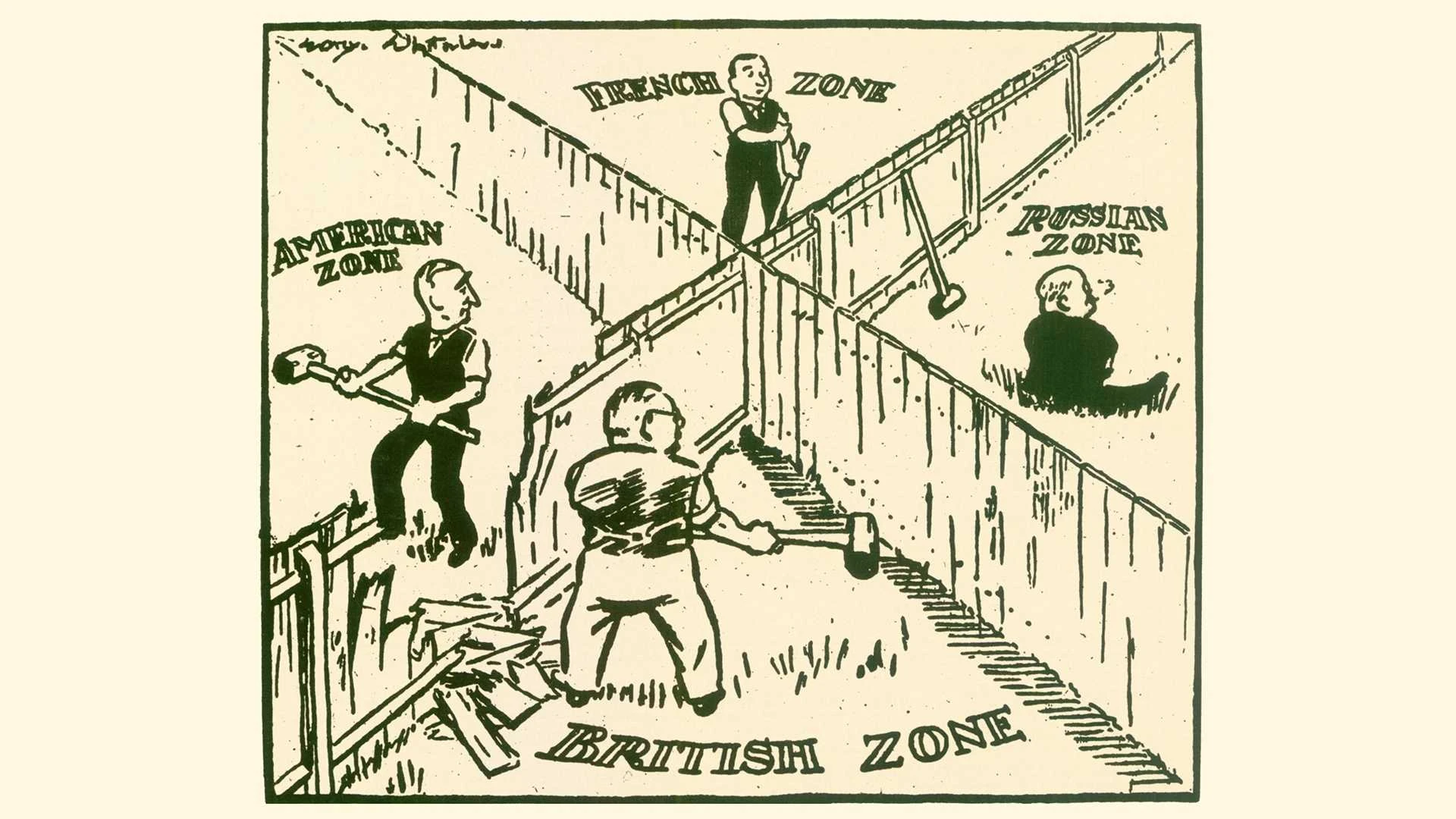20. Jahrhundert: 1945 bis heute | Nachkriegszeit
The Economy: Liberal Market or Planned Economy?
In order to cover their war costs, the Allies demand high reparations from Germany. Industrial facilities are dismantled and tons of Ruhr coal exported. In the Soviet zone, entire economic regions are paralysed by the destruction of railway tracks and thousands of factories. From now on, the victorious powers determine the course of economic policy in the occupation zones. The Soviet Union relies on state-owned enterprises, the redistribution of agricultural acreage by land reform and directives for an increase in production through centrally planned economy. In contrast, the USA focuses on reconstruction based on loans and the supply of materials. The "Marshall Plan" turns into a successful programme – and with it the free-market economy becomes the West German model. | In this film version, German interviews and historical or literary quotes remain untranslated.
mehr
weniger
War costs, war victims, compensation, industrial factories, dismantling, coal from the Ruhr, Russia, Soviet Union, Western Allies, rebuilding, black market, hoarding, rations cards, Soviet Zone, East Zone, eastern zone, agrarian reform, dispossession, disenfranchisement, owners of large estates, large landowners, new farmers, agriculture, increase production planned economy, propaganda, ideology, European Recovery Program, America, USA, credits, loans, Marshall Plan, free trade, Bizone, integration of the west, Ludwig Erhard, free-market economy, currency reform, Deutsche Mark, ration cards, HO shops
Geeignet für die Fächer:
Geschichte
Empfehlung der Medienbegutachtung Baden-Württemberg für den Geschichtsunterricht


